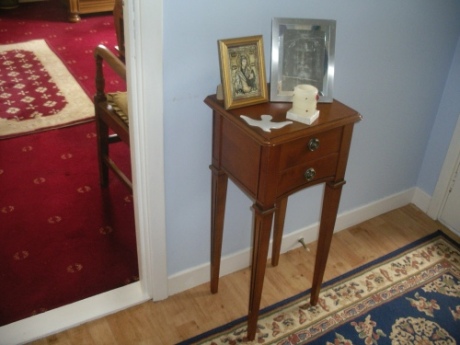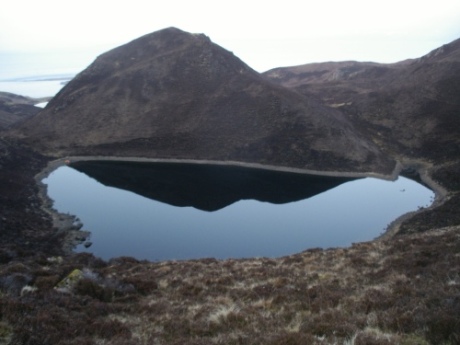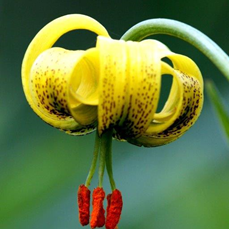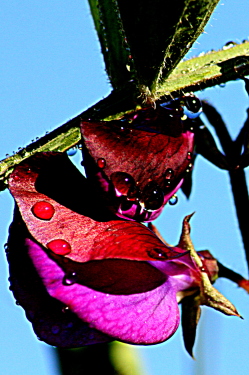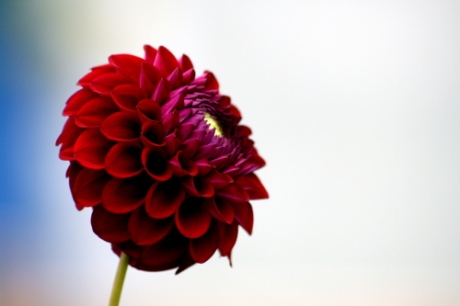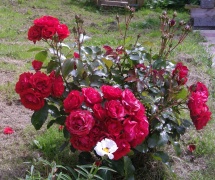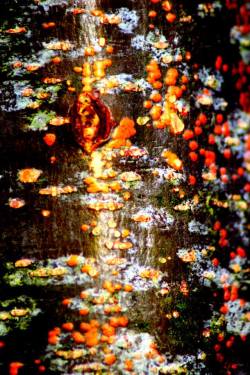
Photo – Scott Murray
14.
‘Whither shall I go from thy spirit’
Reading Otto and Eliade (see previous post) made me look on the fall of the stick, and other things that had happened, as an irruption of the sacred or the divine. Of course, we couldn’t say with certainty what had made the stick fall, but the fact that it had fallen a number of times with no-one near it was quite extraordinary. And the precision with which it fell was even more extraordinary. By that I mean that on a number of occasions it fell at precisely the right time to give us what appeared to be a message. For example, when Margaret was taking the Hoover out of the cupboard it seemed to ‘know’ what she was thinking, and we acted accordingly. To me it seemed as if the ‘wholly other’, as Otto describes it, was making itself manifest.
Commemorating a sacred space
This made me want to commemorate what had become a sacred space. So I bought a small table and placed it in the hallway. On the table I placed a framed image of the Turin shroud Jesus, a candle to symbolise God, a white stone for the Holy Spirit and a framed icon of the Virgin Mary. I wanted a white dove to represent the Holy Spirit but as I didn’t have one, a stone would have to do temporalily. The shroud picture had been in my possession for many years. I always thought it was an amazing and moving image.
Another ‘coincidence’
The iconic image of the Virgin Mary was sent to me in the post by my good friend the Romanian poet who had told me about Eliade. In early January 2010 I was busy writing Island Conversion (Margaret had completed her part of it) and had just come to the point in the book where I tell how she had introduced me to The Sacred and the Profane by Eliade when I heard the postman drop off a letter. It was a postcard from her with an iconic golden-coloured image of the Virgin and child. The coincidence prompted me to put the card in a frame and place it on the table beside the other items. Margaret remembered she had an unused golden frame she had bought some ten years previously. The card fitted it perfectly.
God’s dealing with us
It is now 2016 and the table is still there. It is a daily reminder of what happened in 2008 and what has happened since. For what happened since Island Conversion was published in 2011 is even more remarkable, if that is possible, and it very much concerns the table that was set up in remembrance of God’s dealings with us. For, yes, I personally believed it was God who was dealing with us. Looking back over my life and all that has happened, I couldn’t believe otherwise. The things that happened were tremendous and mysterious – it was indeed a time of the mysterium tremendum as Otto called the numinous presence of the ‘wholly other.’
The picture of Christ falls
So I move on from the events recorded in Island Conversion to tell what happened in 2012 and after. I had planned to go to Romania in September 2012 to take part in a poetry event. By May the plane tickets had been booked and we were both set for going. On the evening of the 28th May I was walking into the living room past the table in the hallway when the shroud picture of Jesus fell off the table and on to the floor. I was utterly stunned. But I didn’t have time to take it in. One or two minutes later the phone went. It was a friend from Wales who was one of the organisers of the Romanian trip. I was too shocked to mention the fall of the picture. We discussed what we would be doing in Romania.
We decide not to go
After I came off the phone Margaret and I sat down in the living room facing each other. What did it all mean? What could it mean? My immediate reaction was to cancel the trip to Romania. I had a sense of foreboding and I said to Margaret I wasn’t going. Her immediate reaction was relief. She felt it was the right thing to do. The plane tickets were cancelled and I had to apologise to my friends in Wales and Romania.
Margaret’s illness
Margaret had been complaining with her stomach for a number of weeks, pain and indigestion. She was treated for helicobacter pylori, a treatable bacterial infection which can cause indigestion. When she didn’t respond to treatment she was sent for further investigation. On the 28th June she was given a diagnosis of stomach cancer.
It was then we realised what the fall of the picture probably meant. It was warning us of future events. There were trials ahead, but with God’s help these would be overcome. One thing was sure. There was no way we could have gone to Romania in September. At that time Margaret would be going through a course of chemotherapy in preparation for an operation.
But the fact that the picture fell was a great comfort. We knew that something immeasurably greater than us was in control of our lives. Anything could have fallen, but it was the picture of Christ.



